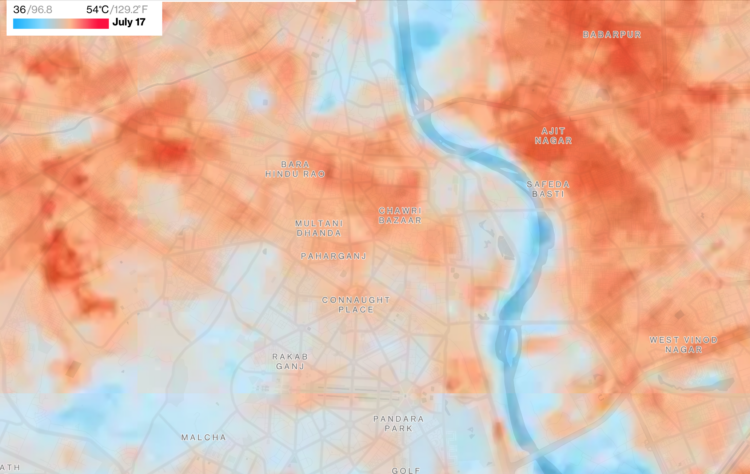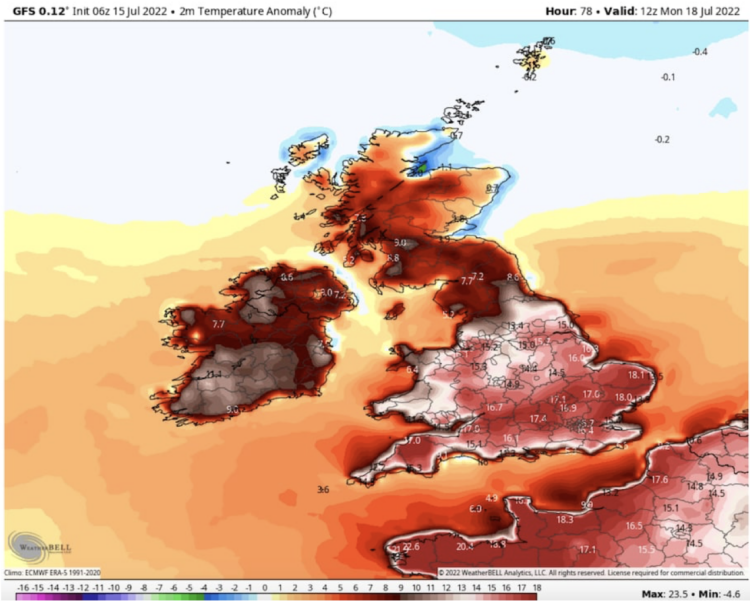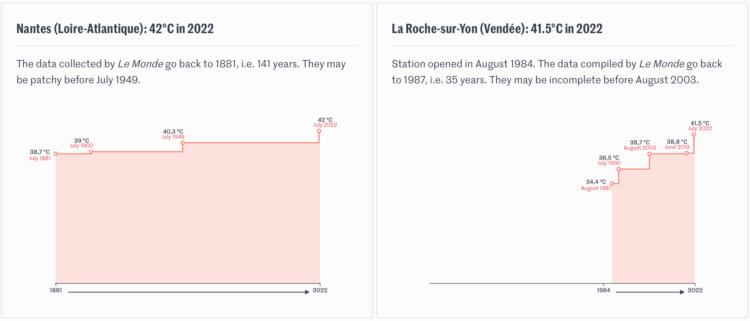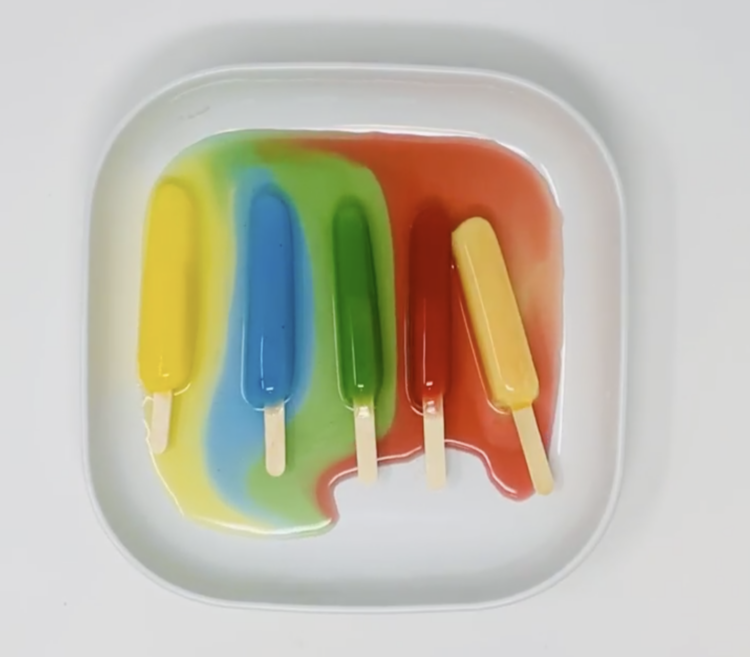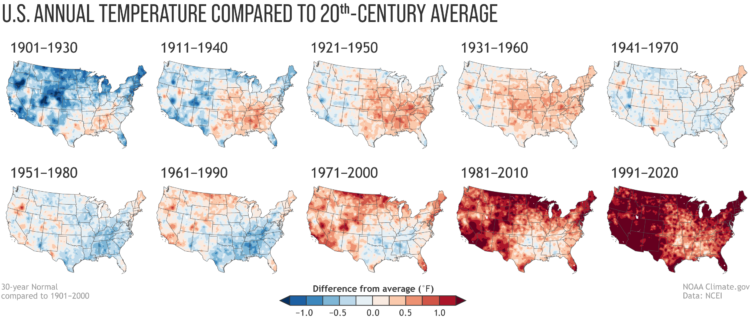As city centers heat up, people search for cooler areas. For Bloomberg Green, Laura Millan, Hayley Warren and Jeremy Scott Diamond mapped the neighborhoods for a handful of hot cities that have something to cool the area:
Satellite images produced by the European Space Agency, working in part with data from NASA and the US Geological Survey, now have a high enough resolution to allow for temperature variations to be parsed on a street-by-street level. These snapshots of heat differences offer clear evidence of cooling strategies that can counteract what researchers term the “urban heat island effect,” in which city temperatures get that extra boost.
Bodies of water, greenery, and reflective surfaces.
